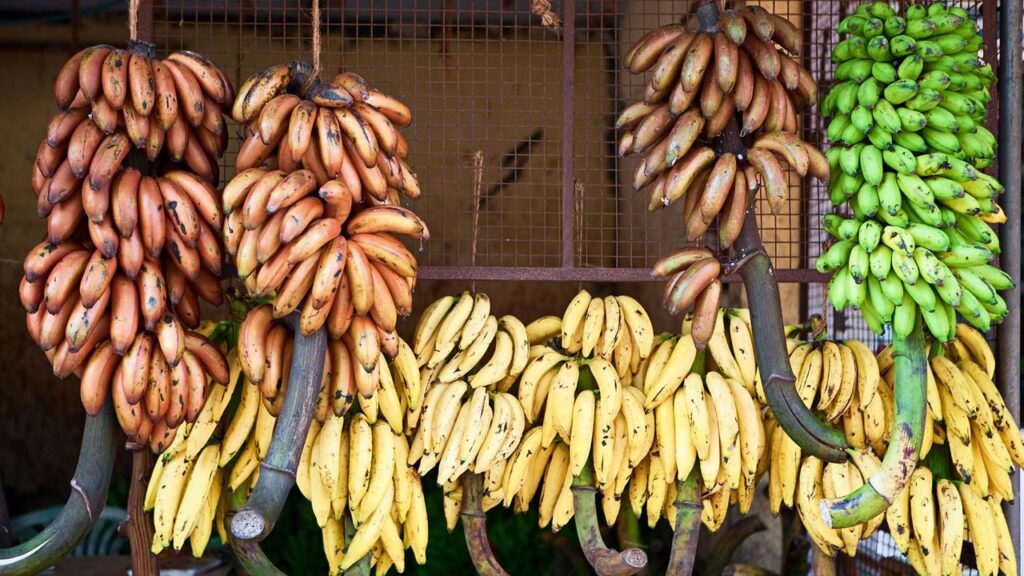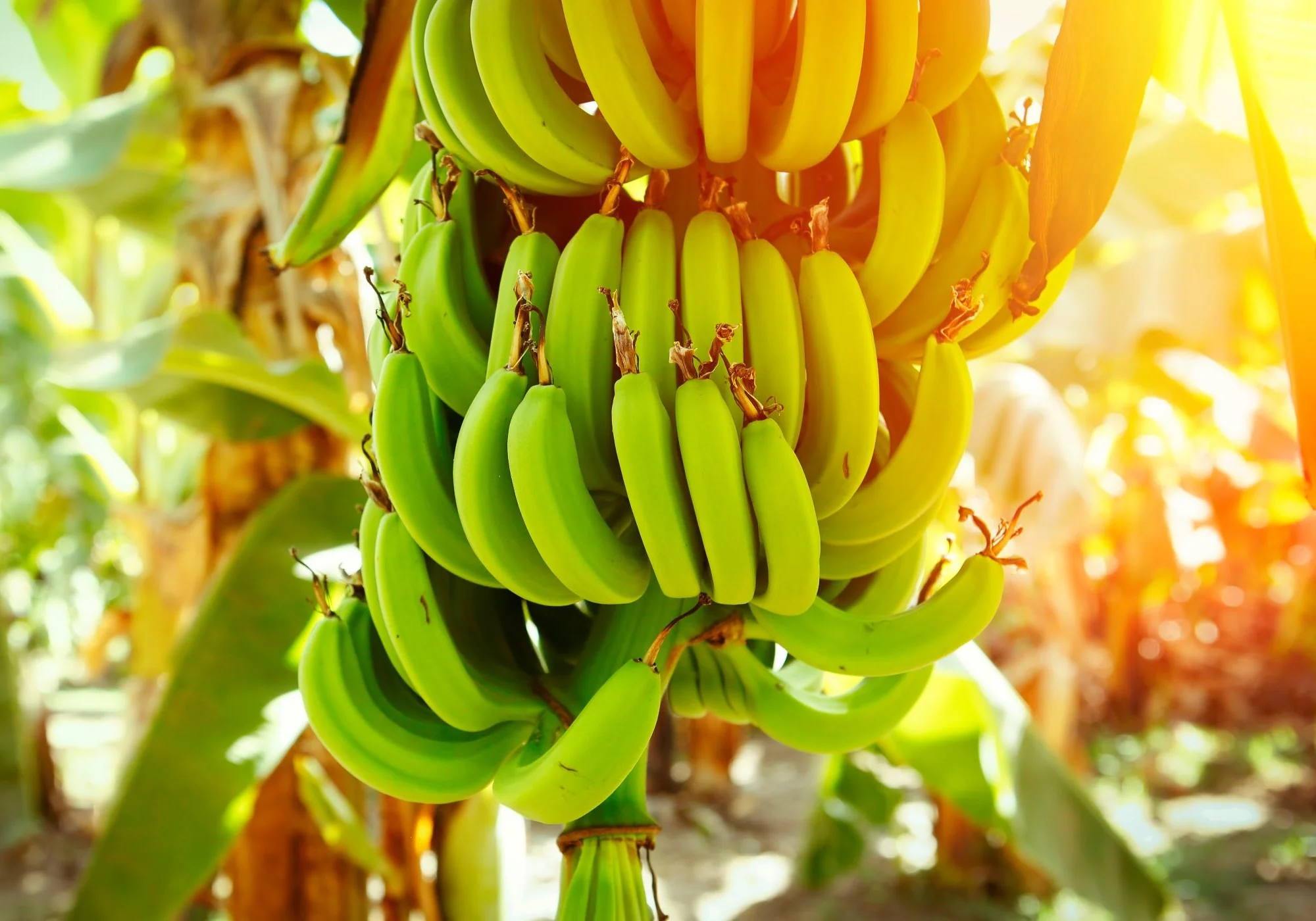Food & Climate
Climate change, which is leading to rising temperatures, threatens banana-growing lands, with 60% of it potentially lost by 2080, according to a new report by Christian Aid titled “The Shift to Bananas: How Climate Change Threatens the World’s Favorite Fruit.”
The new report and on-the-ground reports describe how heatwaves, storms, and surging crop diseases are squeezing yields across Latin America and the Caribbean – regions that supply 80% of the world’s export bananas.
Bananas thrive only within a narrow temperature (15–35°C) and rainfall range, so even small shifts in climate can devastate plantations.
Already, thousands of farmers report wilted fields and crashing harvests.
“Climate change has been killing our crops. This means there is no income,” says Aurelia Pop Xo, a smallholder in Guatemala whose plantation is drying up, according to a report seen by “Food & Climate” platform.
Banana-growing lands in countries face food-security risks
Banana-growing lands are located in countries that face serious economic and food-security risks. Bananas are the world’s most consumed fruit – and the fourth most important food crop globally, after wheat, rice and maize.
About 80% of bananas grown globally are for local consumption, and more than 400 million people rely on the fruit for 15% to 27% of their daily calories, according to “The Guardian“.
Bananas also support millions of livelihoods: the $25 billion banana industry employs over a million workers worldwide, many in rural Latin America and the Caribbean.
Countries such as Guatemala, Costa Rica and Colombia export most of their produce, but droughts and hurricanes are driving down yields and undermining growers’ incomes.

As Christian Aid’s the new report notes, “rising temperatures, erratic rainfall, stronger storms and fungal diseases are already damaging yields in key producing countries.”
Storms are a big problem as they shred leaves, making it harder for the crop to photosynthesise. Fungal infections are also an increasing threat due to rising temperatures, with one such disease, Fusarium Tropical Race 4, causing the loss of entire plantations.
“Without systemic change, we risk witnessing the devastation of the Cavendish banana [the dominant variety] to Fusarium Tropical Race 4, a fungal infection that attacks the roots of plants and can lead to the complete loss of farms and plantations,” explains Holly Woodward-Davey, project coordinator at Banana Link, which works across the banana supply chain.
Risks to Farmers and Food Security
Smallholder banana farmers – often among the poorest – are already feeling the crunch. On farms across Central America and the Caribbean, growers are “battling daily with unpredictable weather patterns, scorching sun, floods, hurricanes, and increased pests and diseases,” says Anna Pierides of the Fairtrade Foundation.
When harvests fail, families lose critical income and local markets lose a staple food. “My plantation has been dying. So… there is no income because we cannot sell anything,” says Aurelia Pop Xo.
In many Caribbean islands and coastal regions, entire local economies hinge on banana exports, meaning climate-induced losses can amplify poverty and food shortages.
With climate change hitting banana yields, millions of consumers worldwide could face higher prices and less availability, while vulnerable communities see their traditional livelihoods imperiled.
Osai Ojigho, Christian Aid’s director of policy, emphasizes that “bananas are not just the world’s favourite fruit, they are also an essential food for millions of people,” and that poor banana growers – who have done little to cause global warming – must be protected. Fairtrade advocates likewise press for climate-aware sourcing: Fairtrade’s Pierides notes that without fair prices and support, farmers “simply cannot make ends meet” under rising costs and yield declines.

Scientists stress that adaptation will require systemic change. The Nature Food study on banana climate vulnerability concludes that farmers will need irrigation, drought-resilient varieties, and even new growing regions as old ones heat up. But relocation of banana cultivation is constrained by soil and infrastructure limits: banana plants demand acidic soils and flat land near ports, meaning shifts to higher latitudes or altitudes are not a simple fix. Experts like Holly Woodward-Davey argue governments must also reduce emissions and invest in sustainable farming.

